
Developing Alzheimer’s/CNS gene therapies https://t.co/HPgKP0qGJv | Vitalist+longevity maximalist https://t.co/GYtWNI2qB7 | DRASTIC cofounder https://t.co/jpRBlDRMg1
14 subscribers
How to get URL link on X (Twitter) App

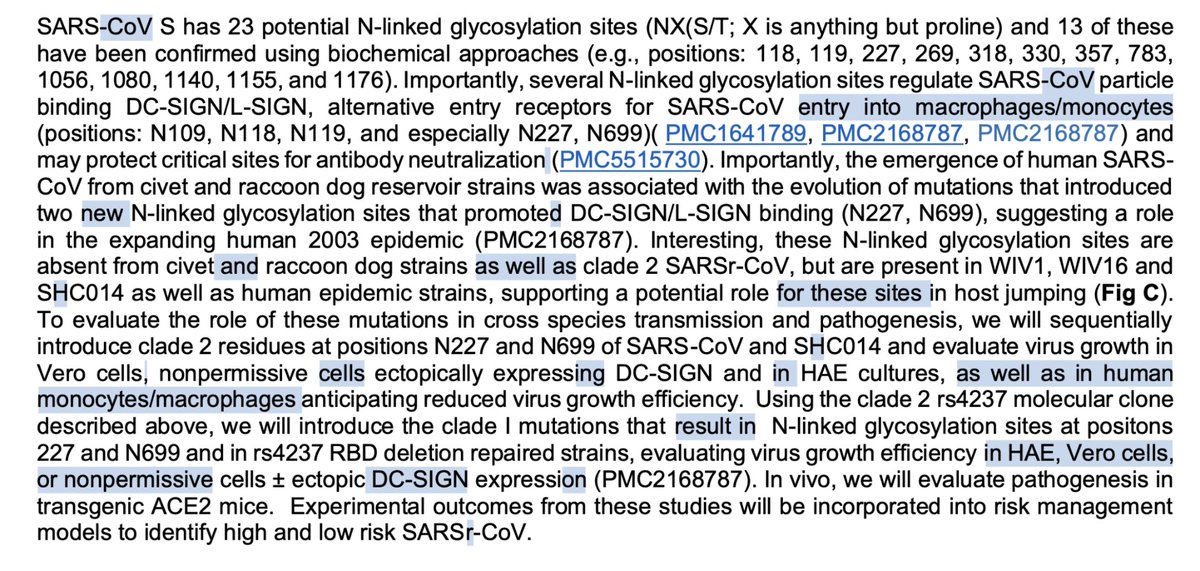

https://twitter.com/TheMenacheryLab/status/1899800371272290622I've hypothesized previously that the answers to "why use an insertion" and "why use a leading proline" lie in MERS, whose S1/S2 loop is 4 AAs longer than that of SARS-like CoVs, and also has the leading proline, making it more exposed to proteases:
https://x.com/ydeigin/status/1782490749889552740

https://twitter.com/breakfast_dogs/status/1900331687768137900Somewhat counterintuitively, in a human coronavirus, OC43, when it has the less efficient (“suboptimal”) RRSR furin cleavage site instead of the canonical RRSRR one, it is more lethal and more *neurovirulent* when tested in a mouse model:
https://twitter.com/solidevidence/status/1872953895280169172First an aside on extrapolating insertions found in SARS2 circulating in humans to the likelihood of insertions occurring (and getting fixed) in a SARS2 progenitor circulating in an intermediate host — SARS2 has now been circulating for years in hundreds of millions of humans, while in the wild it could not have had even a sliver of such a reservoir of non-bat hosts (and we all agree the FCS insertion could not have arisen in bats because it is detrimental to their preferred enteric tropism).







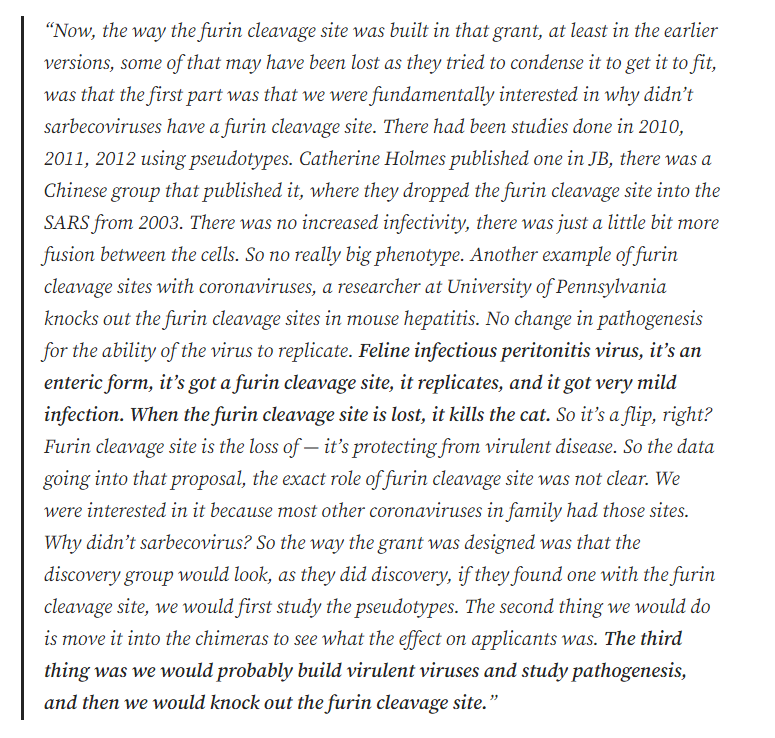







https://twitter.com/ydeigin/status/1731399158479675632

 In actuality, DEFUSE clearly stated that pseudovirus work was meant as a first, pre-screening step which could then lead to chimeric virus testing and ultimately to testing using the full backbone of the original virus. Here I’ve highlighted the relevant DEFUSE excerpts:
In actuality, DEFUSE clearly stated that pseudovirus work was meant as a first, pre-screening step which could then lead to chimeric virus testing and ultimately to testing using the full backbone of the original virus. Here I’ve highlighted the relevant DEFUSE excerpts: 



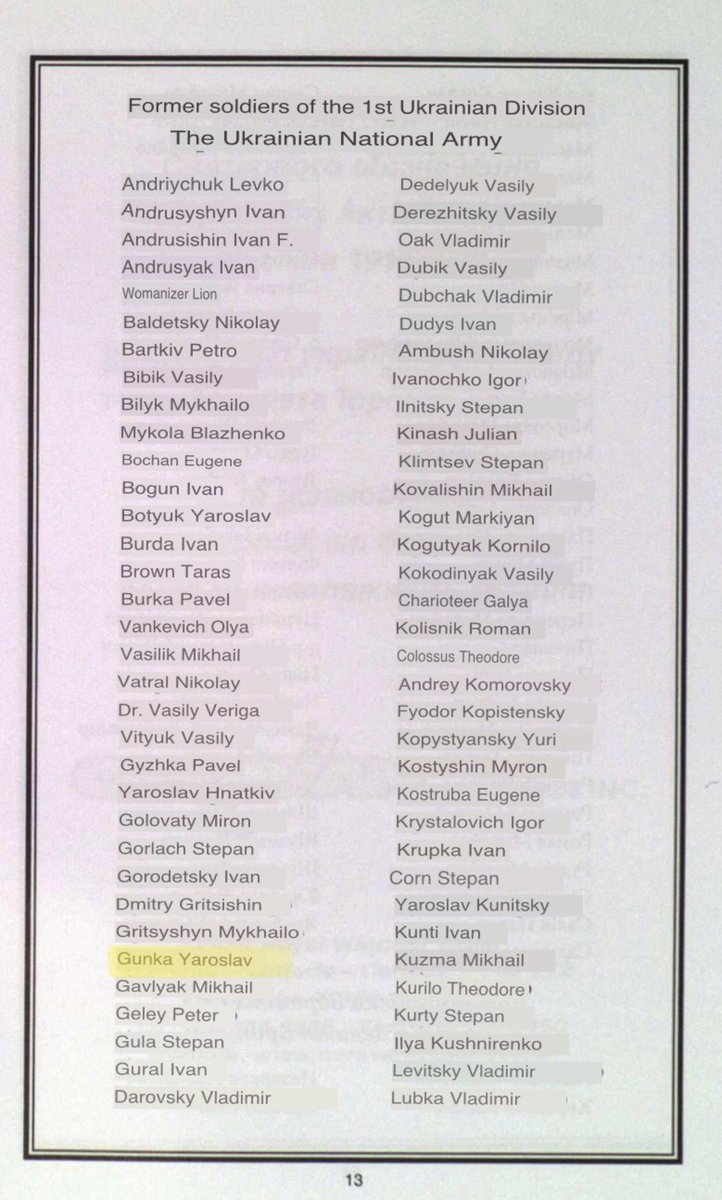

 Previously, in 2003, Yaroslav Hunka represented the very same Ukrainian Canadian Congress at the 8th Ukrainian World Congress in Kiev. Since 1989 he frequently visited Ukraine and even ran for Verkhovna Rada (Parliament) in 1994.
Previously, in 2003, Yaroslav Hunka represented the very same Ukrainian Canadian Congress at the 8th Ukrainian World Congress in Kiev. Since 1989 he frequently visited Ukraine and even ran for Verkhovna Rada (Parliament) in 1994. 




 2/ Lineage A initially represented 33% of the Wuhan early cases but quickly went extinct as lineage B seemed to have a fitness/growth advantage as evidenced by early epidemiological data.
2/ Lineage A initially represented 33% of the Wuhan early cases but quickly went extinct as lineage B seemed to have a fitness/growth advantage as evidenced by early epidemiological data. 

 2/
2/

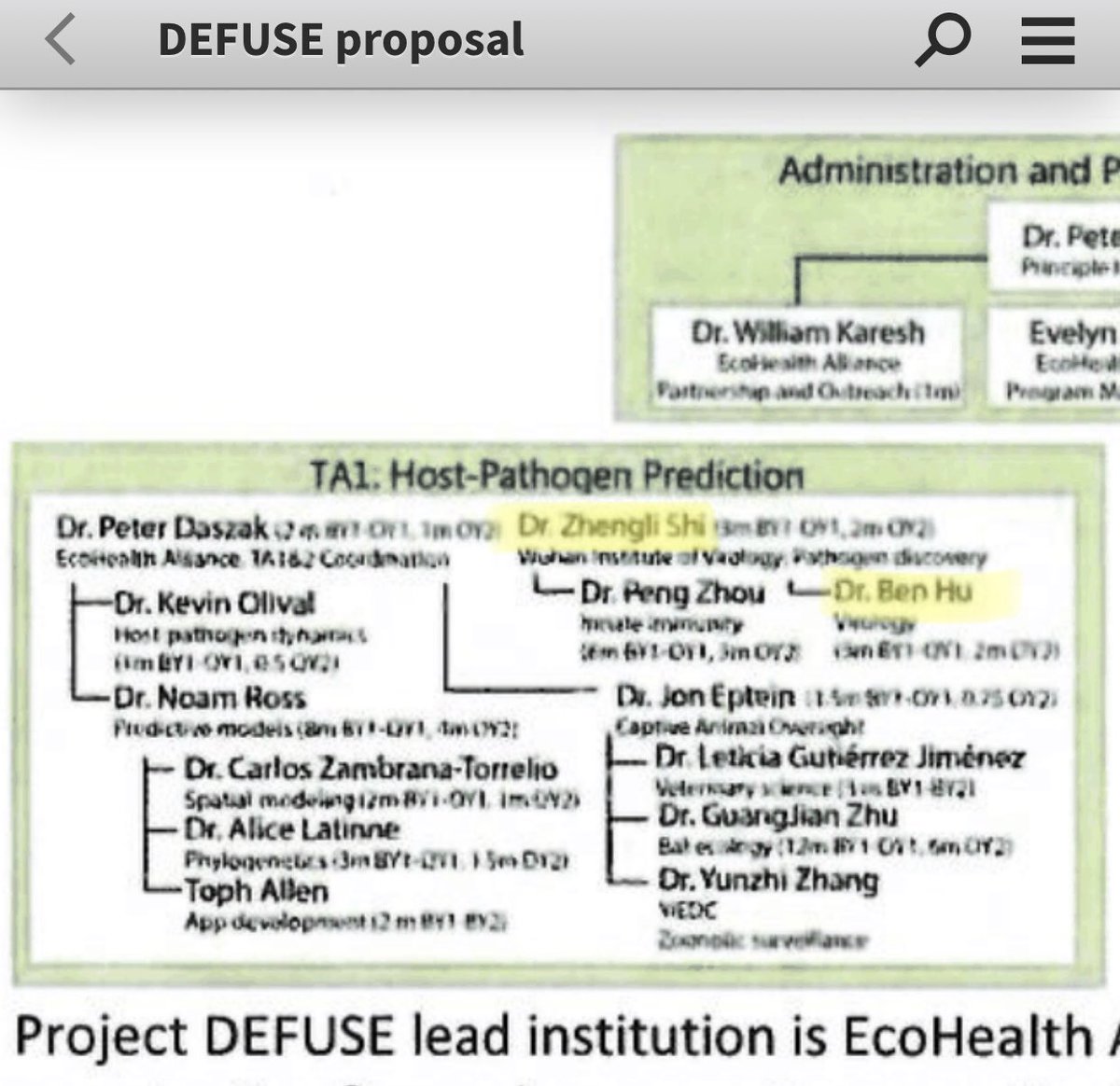





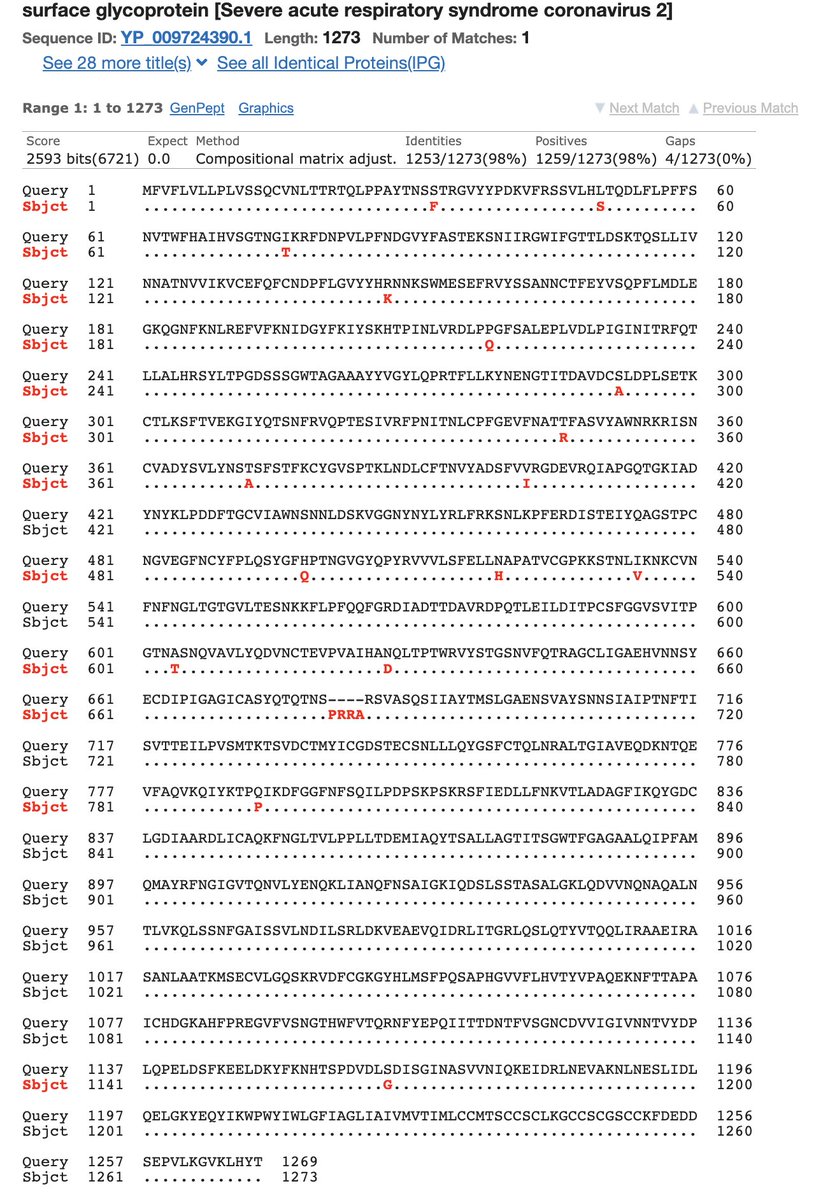
https://twitter.com/ydeigin/status/1631785943916060672
 Of course a lab in Wuhan could have had a BANAL-like bat strain even closer to SARS2 than strains found in Laos in 2020. The point is, all it takes for a BANAL-like virus to become human-transmissible is an FCS, as it opens up respiratory tropism. Some papers:
Of course a lab in Wuhan could have had a BANAL-like bat strain even closer to SARS2 than strains found in Laos in 2020. The point is, all it takes for a BANAL-like virus to become human-transmissible is an FCS, as it opens up respiratory tropism. Some papers:

https://twitter.com/R_H_Ebright/status/1629543155807965184Here is the 2017 paper in which they created 8 SARS-like chimeras:



